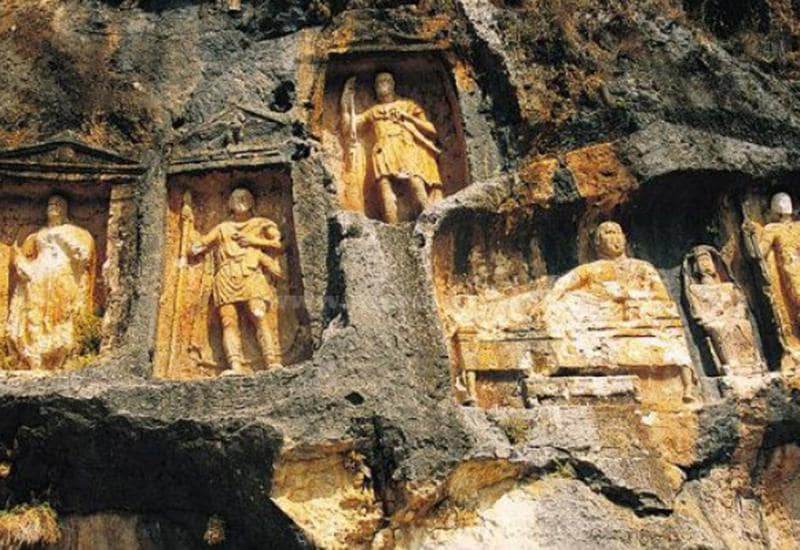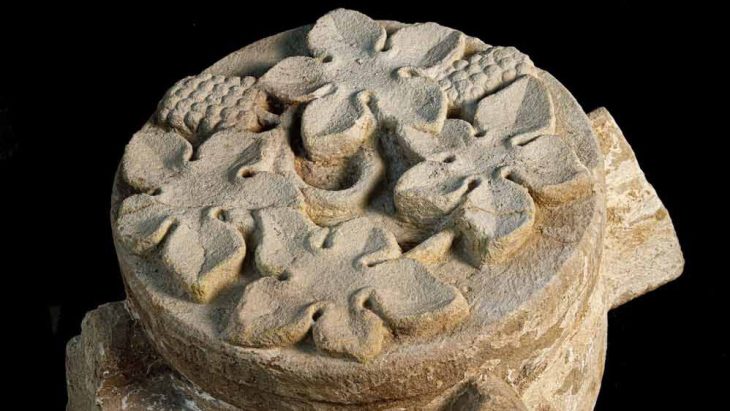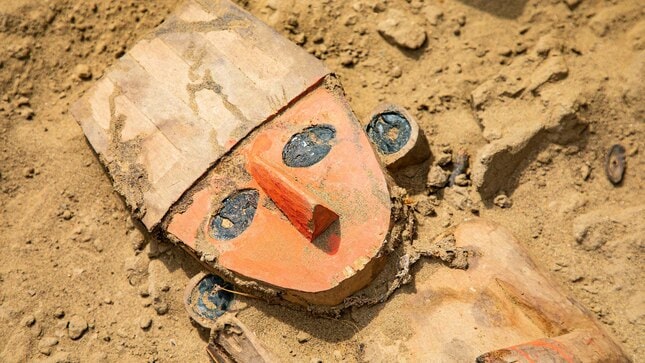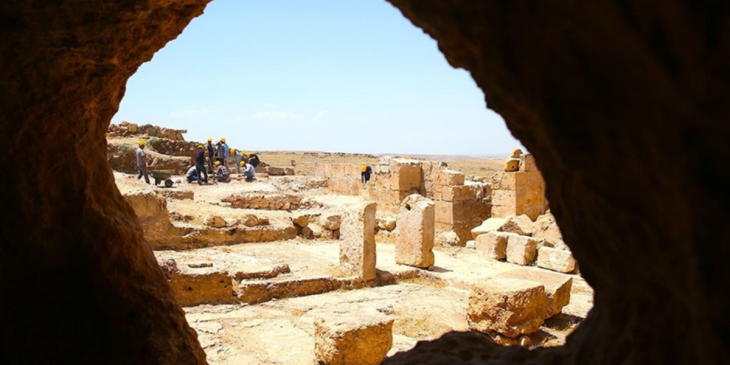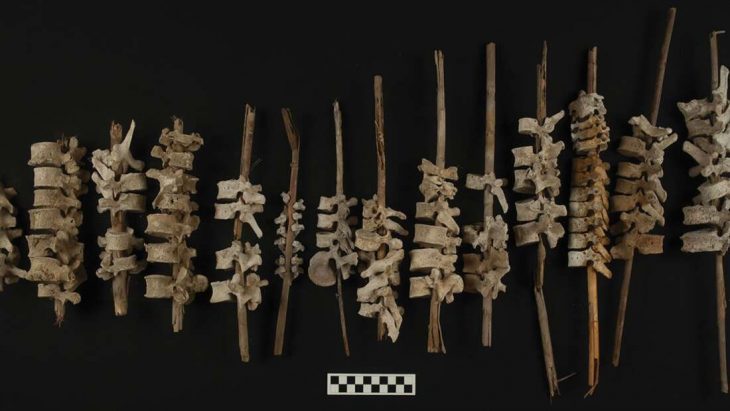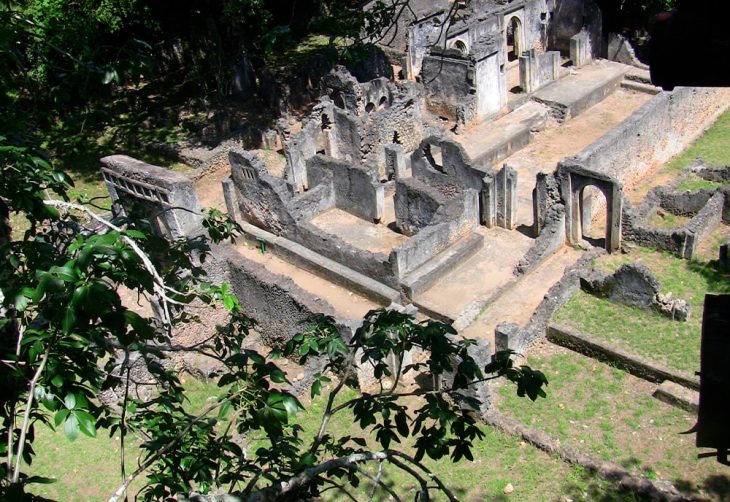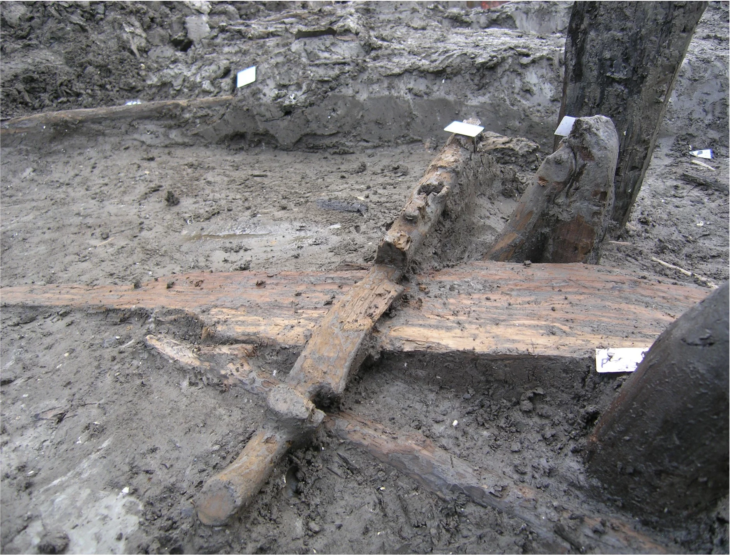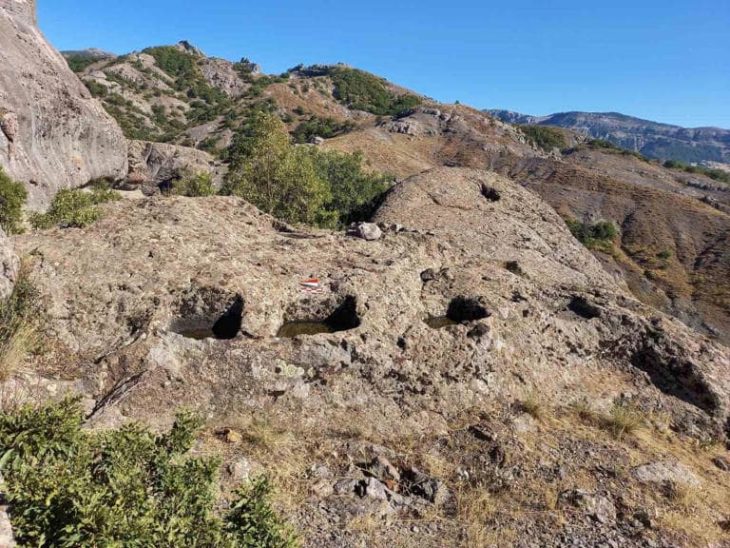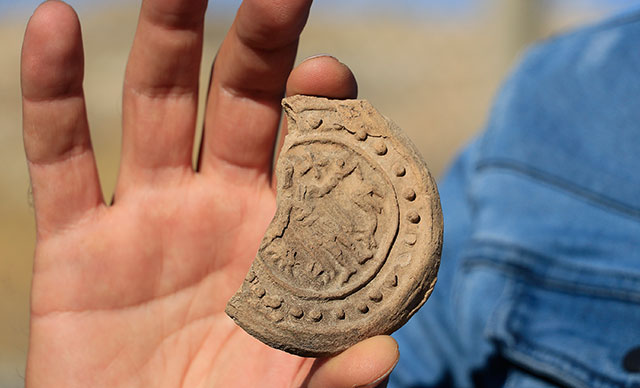An academic has cautioned that urgent protection is required for the historic Adamkayalar (Men of Rock) reliefs in the southern province of Mersin, which have been vandalized by people looking to find supposedly hidden treasures.
Adamkayalar (“adam” means men and “kaya” means “rock” in Turkish meaning man-rocks) is a place consisting of reliefs and figures made on the slopes of the Şeytan Deresi Canyon (Devil Creek Canyon), in a strategic position overlooking Kızkalesi in Mersin.
In terms of size, workmanship, and story, it is a rare value not only in Türkiye but worldwide.
It is comprised of two main locations. The first is the rock reliefs carved into the rocks of Devil Creek Valley, and the second can be found in the northeast section of the valley, where remnants of castles, bastions, and settlements still remain.
“Adamkayalar holds significance on par with the Nemrut and Göbeklitepe regions. Therefore, it is imperative that Adamkayalar be promptly designated as an archaeological site. A project should be devised and immediately put into action,” said Murat Durukan, the chair of the Archaeology Department at Mersin University.
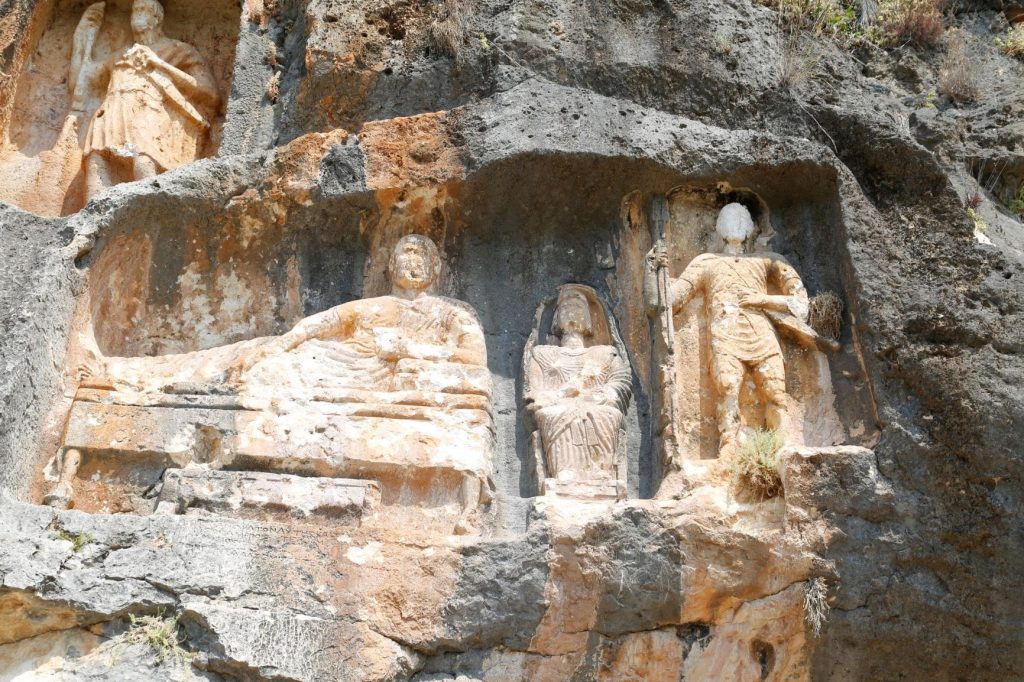
Stating that Adamkayalar, located 60 kilometers west of the city possesses an immense potential as a tourism magnet, Durukan pointed out that this potential remains underutilized, and with the implementation of facilities, security measures, cameras, and lighting systems, Adamkayalar could be transformed into a unique destination.
“These are relatively simple projects. If we put them into action without delay, we can confidently say that both Mersin and Anatolia could gain a new tourism attraction,” he added.
Archaeologists think that the people depicted on the reliefs represent the kings and queens of the Ancient State of Olba and the purpose of these was to commemorate the dead.
There are 19 figures in 9 niches (cavities) in Adamkayalar. These 19 figures consist of 11 men, 4 women, 2 children, 1 mountain goat and 1 eagle. These reliefs depict various scenes in a story-telling manner. Each of the figures, such as the soldier’s farewell scene, the ritual scene, the dead feast scene, the scene where a man holds a bunch of grapes in one hand and holds a goat by the horns with the other, has a different story.

In one of the reliefs, a figure is depicted pouring a liquid from the jug in his left hand into the bowl in the other hand, and this depiction gives us information about the presentation of liquid, which is among the ancient burial traditions.
Especially the cult of commemoration of the dead comes to the fore here. The inscriptions under the reliefs provide information about the name of the important person who died or the name of the person who made this relief. Based on these inscriptions, it is understood that the last version of the reliefs was completed in the 2nd century, during the Roman Empire. It is understood that the reliefs were completed in approximately 250 years, and the artistic style change in the construction of the reliefs is noticed due to the long duration of their construction.
Thanks to the relatively difficult transportation, Adamkayalar, which has been very well preserved until recently, was destroyed by some treasure hunters in 2015.
Although it was stated that there would be no items of financial value for treasure hunters in Adamkayalar, this statement was not sufficient. However, it is known that people of that period made their graves in other places that no one knows against the risk of theft, and this knowledge puts the famous reliefs in danger of extinction.

